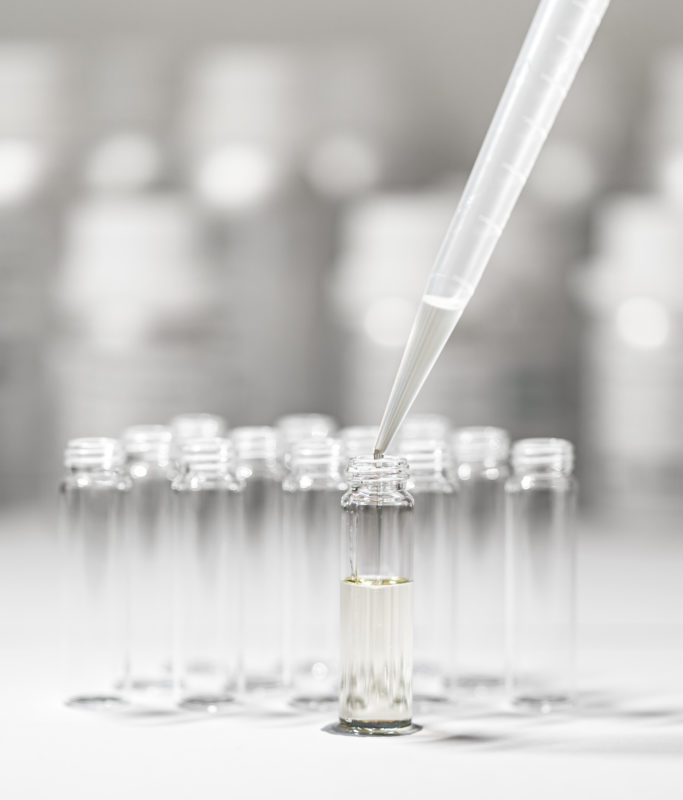ORIVO takes pride in being at the forefront of the development of new analysis tools for testing the origin of food and feed ingredients and products.
Our most widely used technologies
Our capabilities include technologies for testing the origin of raw-materials used for lipid-based products(oils), feed products and seafood products. By combining technological expertise with first-hand market knowledge, ORIVO provides ground-breaking services to companies in all parts of the value chain.

Nuclear magnetic resonance spectroscopy
(NMR)
For fat-based samples, ORIVO is able to identify the origin with regards to both species and geography. This is achieved using an analysis technique called nuclear magnetic resonance spectroscopy (NMR), combined with artificial intelligence.
By utilising machine learning algorithms, NMR-data of unknown samples are matched with a database of known authentic reference samples. The algorithms, which are trained to recognise a certain pattern unique in a selection of samples, then assign unknown samples in the correct species and geographic origin. The ORIVO database of reference samples is a unique collection of a large number of marine oil samples.
To see an example of this technology being used, please click the button below to download a test report:
Isotopic-ratio mass spectrometry
(IRMS)
To determine the species and geographic origin of seafood products and chemically processed lipid-based products, analysis of stable isotope ratios is deployed. Isotopic-ratio mass spectrometry (IRMS) is a technology used to measure the relative abundance of different isotopes in a given sample.
The stable isotope ratio in all living tissue is affected by both species-specific factors and environmental factors such as feed, temperature etc. To take advantage of this, ORIVO has established a database of reference samples of both seafood products and marine oils. Through this analysis, it is possible to pinpoint the geographic origin of a salmon filet, and to determine if it is organic or not. It is also possible to determine the species and geographic origin of chemically processed lipid-based products such as omega-3 concentrates.
Next generation sequencing
(NGS)
For the analysis of protein-based samples, such as feed ingredients and products, next generation sequencing (NGS) is deployed. NGS is a DNA sequencing technology which has revolutionised genomic research the past decade with its ability to perform sequencing of millions of small fragments of DNA in parallel, thereby reducing costs and analysis time dramatically. After the sequencing, bioinformatics analyses are used to piece together these fragments by mapping the individual reads to a reference genome.
NGS has big advantages over conventional DNA-based analysis methods when analyzing complex samples such as finished feed products or ingredient mixes. This makes the method ideal for documenting the species composition of such products.

